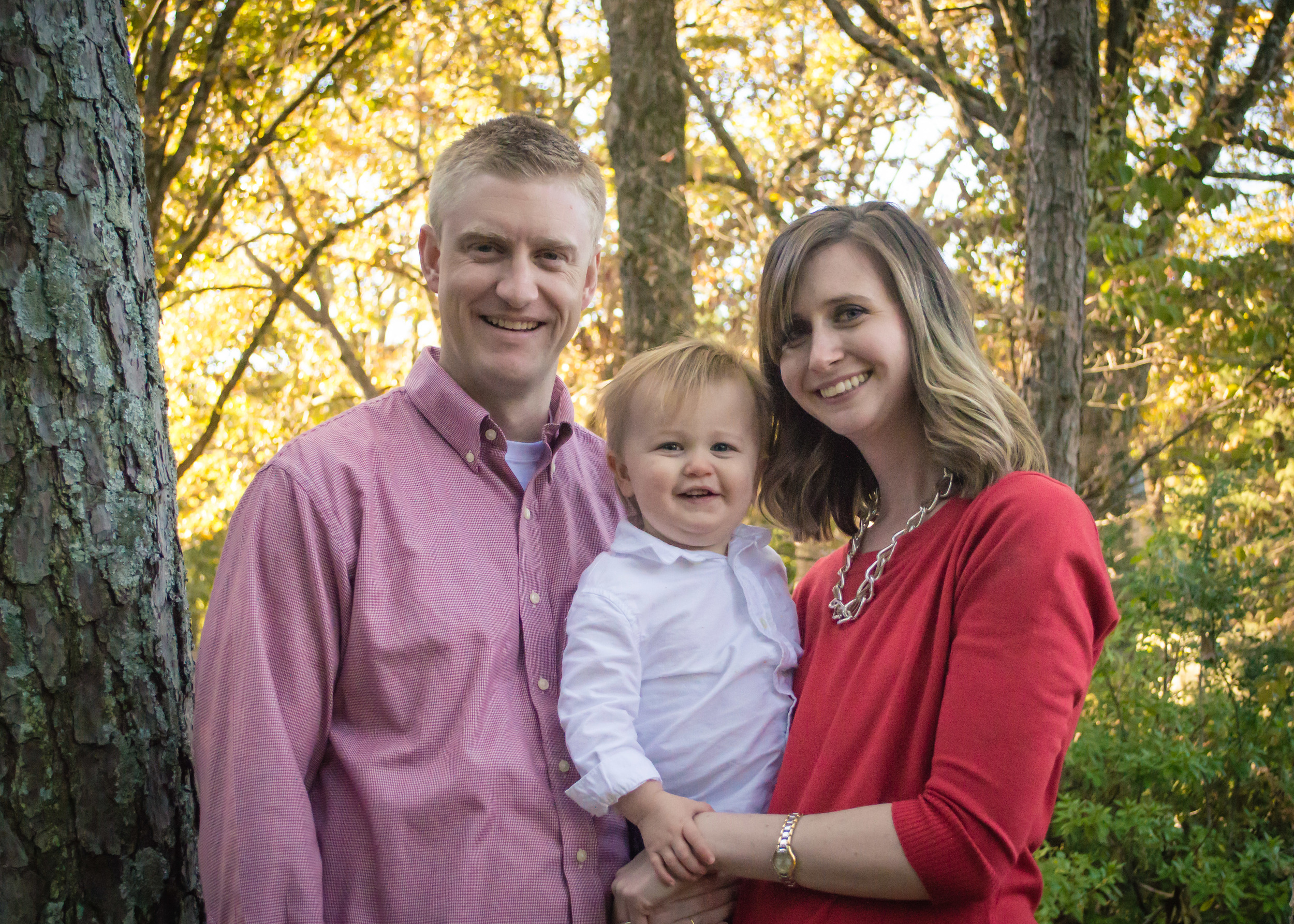When my wife and I got married, we opened a joint checking account at our local bank. It was a basic checking account which is all we needed, but it came with the use of a safe deposit box free for a year. Me, believing I was now a "grown up" because I was married, owned a house and had a salary job, jumped at the chance to protect our most precious belongings in said safe deposit box. I immediately went through our home and gathered up everything I thought, at the time, that we could not live without were our house to burn to the ground. I took these items back to the bank and stored them in our new safe deposit box.
Last year when our first child was born, as most parents do we began looking at our budget to find ways to make buying diapers, wipes and baby clothes less painful by cutting other expenses. That's when we saw the $40 annual charge for the safe deposit box on our bank statement.
Tax tip: fees paid for safe deposit boxes are subject to the miscellaneous itemized deductions in excess of 2% of AGI on Schedule A of Federal Form 1040. If you pay a fee for having a safe deposit box, remember to give that information to your tax preparer.
Since I could not recall exactly what was in the safe deposit box, we set a reminder for one year later to clean the box out so as to save the $40 a year. Last week, the reminder popped up and I rushed back to the bank, excited to see what was in the box before closing it out. The contents of the box: our original signed marriage license, a copy of the title insurance to our first house, and a stack of savings bonds. As I looked over the savings bonds, some which we had received more than 25 years ago, I started to wonder what they were worth now.
Beginning the year I was born and for most years until I turned 18, my grandmother would give me a $50 Series EE savings bond on my birthday. This type of savings bond is purchased with a fixed interest rate, and it earns interest for 30 years. For example, the first bond I received was a $50 bond with a fixed interest rate of 4%. Using the savings bond calculator at the Treasury Direct website, I discovered that this bond will mature in January, and is currently worth approximately $113. That is a 126% return! I used the calculator to build the entire inventory of our savings bonds and discovered that we owned $850 of bonds that had been originally purchased for $450 and are now worth $925. This results in a total return on our savings bond portfolio of 105.75%.
Savings bonds can be cashed in at most financial institutions. When the bond is cashed in, you will receive a 1099-INT for the interest portion of the bond. In the example above, I would receive a 1099-INT for $63, because that is the amount of interest the bond accrued over 30 years. This interest is paid on government obligations and is subject to Federal tax, but in some cases might be exempt from state taxes.
The Treasury Direct website has several resources for savings bonds and other types of US Government obligations. However, the key to successful investing in savings bonds is to hold them as close to maturity as possible. In January I fully intend to take my first savings bond down to the bank, cash it in, and then take my family out to a nice dinner. If my grandmother was still with us I know that's what she would have wanted.

